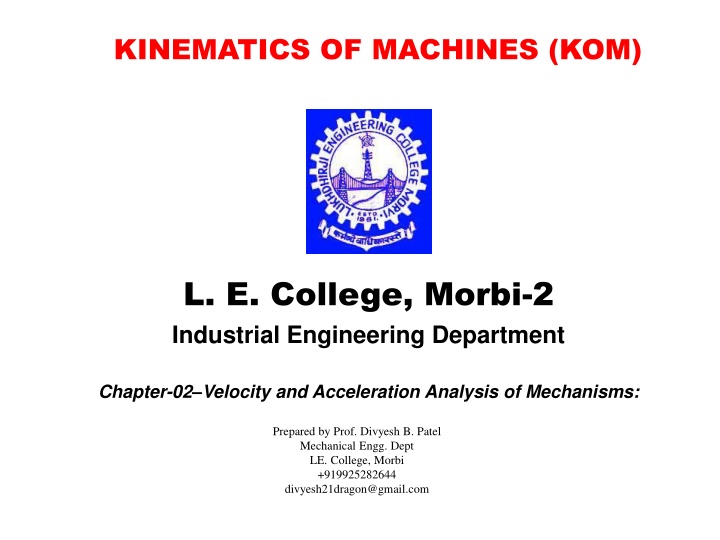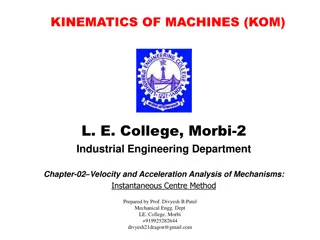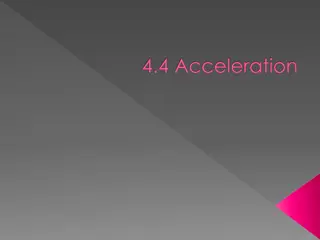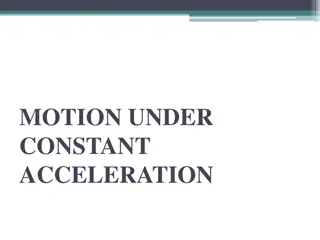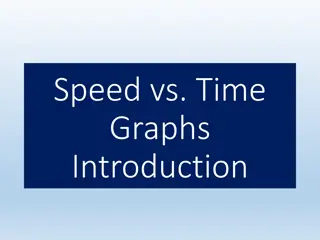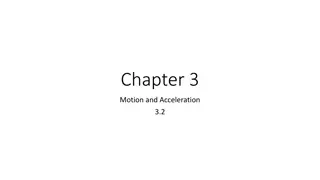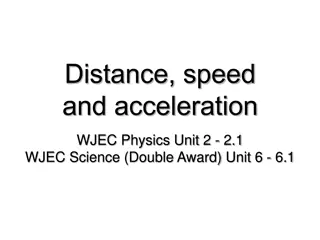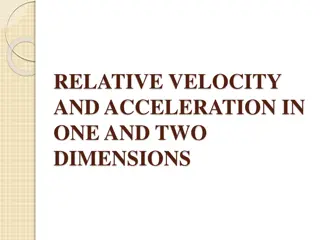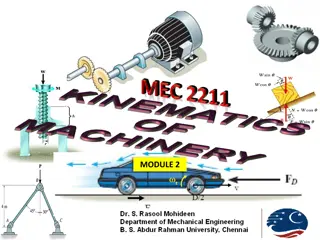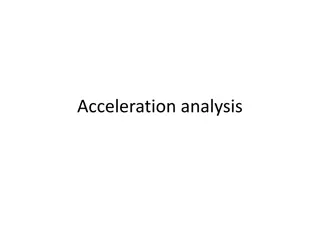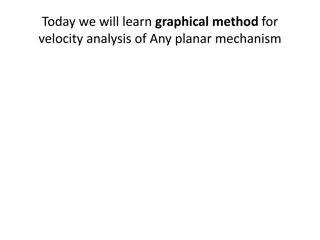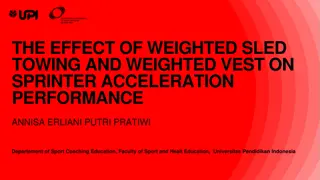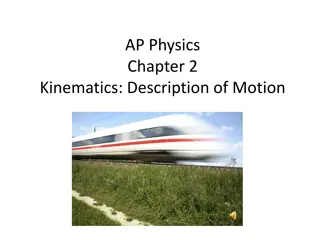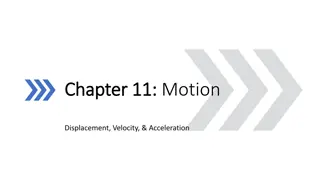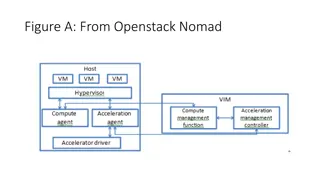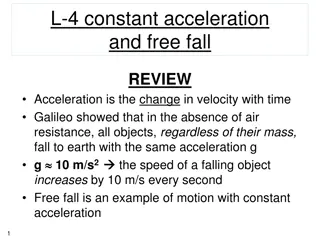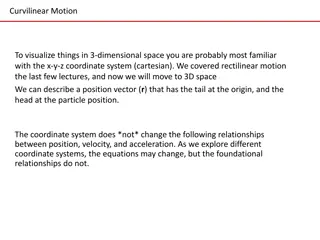Velocity and Acceleration Analysis of Mechanisms
This content covers the velocity and acceleration analysis of mechanisms, specifically focusing on components of acceleration, tangential component, and normal component along a circular path. It explains how to calculate tangential and normal acceleration, emphasizing their significance in understanding particle motion along curved paths.
Download Presentation

Please find below an Image/Link to download the presentation.
The content on the website is provided AS IS for your information and personal use only. It may not be sold, licensed, or shared on other websites without obtaining consent from the author.If you encounter any issues during the download, it is possible that the publisher has removed the file from their server.
You are allowed to download the files provided on this website for personal or commercial use, subject to the condition that they are used lawfully. All files are the property of their respective owners.
The content on the website is provided AS IS for your information and personal use only. It may not be sold, licensed, or shared on other websites without obtaining consent from the author.
E N D
Presentation Transcript
KINEMATICS OF MACHINES (KOM) L. E. College, Morbi-2 Industrial Engineering Department Chapter-02 Velocity and Acceleration Analysis of Mechanisms: Prepared by Prof. Divyesh B. Patel Mechanical Engg. Dept LE. College, Morbi +919925282644 divyesh21dragon@gmail.com
Acceleration of a Particle along a Circular Path v A B r v + v O Prepared by Prof. D.B.Patel Mechanical Engg. Dept LE. College, Morbi
Component of acceleration (v + v )cos v v c a o (v + v ) sin v A B v + v b v + v Now, resolving ab into two components i.e. parallel and perpendicular to oa. Let ac and cb be the components parallel and perpendicular to oa respectively. r Component of change in Velocity ab in direction perpendicular to OA ac= oc ao = (v + v) cos - v is very small then cos = 1 ac = v + v - v O ac = v Prepared by Prof. D.B.Patel Mechanical Engg. Dept LE. College, Morbi
Prepared by Prof. D.B.Patel Mechanical Engg. Dept LE. College, Morbi Component of acceleration 1.Tangential component of the acceleration. The acceleration of a particle at any instant moving along a circular path in a direction tangential to that instant, is known as tangential component of acceleration or tangential acceleration. Tangential component of the acceleration of particle at A or tangential acceleration at A, v = r ,dv /dt = d( r )/dt = r d( ) /dt ..(i) Prepared by Prof. D.B.Patel Mechanical Engg. Dept LE. College, Morbi
Prepared by Prof. D.B.Patel Mechanical Engg. Dept LE. College, Morbi Component of acceleration (v + v ) sin = v (v + v ) cos Component of change in Velocity abin direction along OA a c r o bc = (v + v ) sin is very small then sin = bc = (v + v ) (v + v ) bc = v b Neglecting all other quantity 2. Normal component of the acceleration. The acceleration of a particle at any instant moving along a circular path in a direction normal to the tangent at that instant and directed towards the centre of the circular path (i.e. in the direction from A to O) is known as normal component of the acceleration or normal acceleration. It is also called radial or centripetal acceleration. ..(ii)
Acceleration of a Particle along a Circular Path Notes : 1) From equations (i) and (ii) we see that the tangential acceleration (at ) is equal to the rate of change of the magnitude of the velocity whereas the normal or radial or centripetal acceleration (an) depends upon its instantaneous velocity and the radius of curvature of its path. 2) When a particle moves along a straight path, then the radius of curvature is infinitely great. This means that v2/r is zero. In other words, there will be no normal or radial or centripetal acceleration. Therefore, the particle has only tangential acceleration (in the same direction as its velocity and displacement) whose value is given by 3) When a particle moves with a uniform velocity, then dv/dt will be zero. In other words, there will be no tangential acceleration; but the particle will have only normal or radial or centripetal acceleration, whose value is given by
Prepared by Prof. D.B.Patel Mechanical Engg. Dept LE. College, Morbi Acceleration Diagram for a Link Consider two points A and B on a rigid link as shown in Fig. Let the point B moves with respect to A, with an angular velocity of rad/s and let rad/s2 be the angular acceleration of the link AB b aAB arAB a x atAB 1. The centripetal or radial component, which is perpendicular to the velocity of the particle at the given instant. arAB = 2 Length of link AB = 2 AB = v 2AB / AB 2. The tangential component, which is parallel to the velocity of the particle at the given instant. atAB = Length of link AB = AB
Prepared by Prof. D.B.Patel Mechanical Engg. Dept LE. College, Morbi Acceleration of a Point on a Link Consider two points A and B on a rigid link as shown in Fig. Let the acceleration of the point A i.e. a A is known in magnitude and direction and the direction of path of B is given. The acceleration of the point B is determined in magnitude and direction by drawing the acceleration diagram aBC c b aAC aAB aB aC atAB a o arAB = v 2AB / AB x
